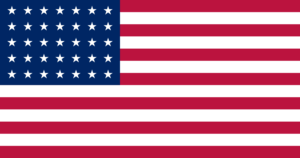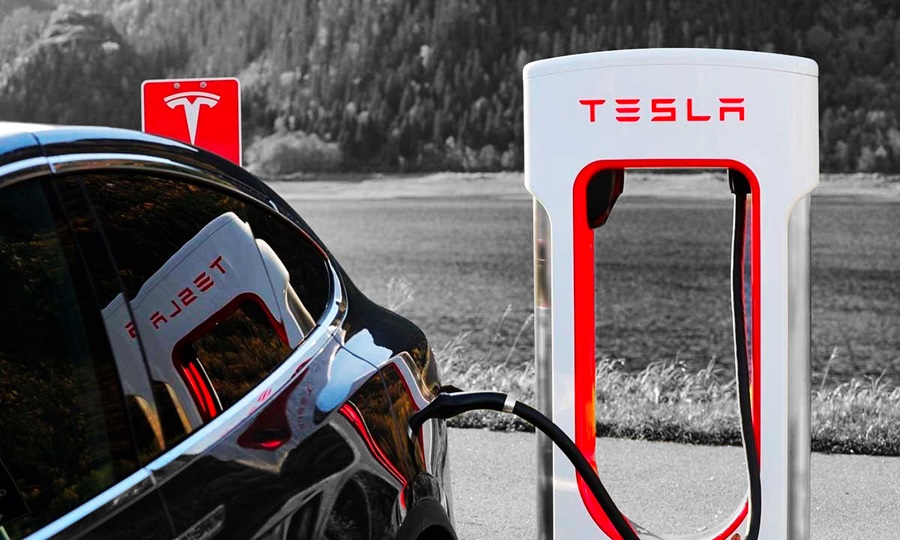Tesla emerges as a key player in the development of electromobility in Mexico and, aiming to support the integration of electric and plug-in hybrid vehicles into the National Electric System, has crafted its own requirements and parameters.
This is in response to the General Administrative Provisions (DACG) on electromobility, issued in February by the Energy Regulatory Commission (CRE), which are currently under public consultation.
Represented by Eugenio Grandio, Head of Public Policy and Business Development for Latin America, Tesla expressed its interest in collaborating with Mexico to accelerate the transition to emission-free mobility and contribute to the country’s economic development.
In general terms, Tesla raises four concerns:
Firstly, it questions the authority of the Energy Regulatory Commission to enact Administrative Provisions regarding charging connectors.
The obligation to have an independent electricity supply service contract for charging stations is another issue the company finds problematic, as it could unnecessarily complicate the operation of charging stations.
Thirdly, it expresses concern about the requirement to equip charging stations with at least two types of connectors.
This would impose a disproportionate economic and technical burden on operators, hindering the effective deployment of charging infrastructure.
It highlights the importance of the NACS/J3400 connector in North America and finds it impractical to impose the use of various connectors such as GB/T and CHAdeMO.
Lastly, the automaker points out that the presentation and labelling of electricity prices on tariff panels are not applicable to how charging services are used.
Regarding the promotion of NACS
In the document prepared by TESLA, they state that the NACS/J3400 connector demonstrates “its effectiveness and safety in delivering both AC and DC charging using the same connector.”
Data reveals that, in Mexico, over 7,500 users already use the NACS/J3400 connector for home charging, while in the United States and Canada, it’s over a million.
In Mexico, Tesla has deployed the largest charging network in the country with an investment exceeding one billion Mexican pesos.
Since 2015, they have installed 35 Tesla Supercharger fast charging stations on major roads and cities.
They operate over 200 Direct Current charging positions, capable of up to 250 kilowatts.
Furthermore, they offer more than 1600 level 2 charging stations at key destinations spread across all 32 states of the Mexican Republic.
“We believe that implementing infrastructure that prioritises safety, comfort, and convenience is essential to promote electric mobility in our country,” the report argues.
Given that 90 percent of the US electric vehicle market has adopted the NACS connector, they argue that northern Mexico would greatly benefit due to cross-border travel.
“Requiring a station to offer different types of chargers adds technical complexity, creates additional entry barriers, increases the cost of stations, and discourages new participants interested in offering vehicles in the country from making the necessary development and investment in regional integration,” they detail.
In this regard, they advocate for the “accelerated implementation” of charging stations at the lowest possible cost.
Tesla’s considerations, point by point
- Tesla argues that the CRE would be overstepping its powers by enacting administrative provisions to regulate electric vehicle charging equipment and installations.
It states that the sale of electricity by end-users to third parties does not constitute a marketing activity requiring permits or authorisations from the CRE.
“The CRE should not enact regulations on how charging station companies (i.e., charging stations) should provide their services. This includes aspects such as the type of infrastructure and equipment, as well as obligations related to disclosing or presenting the prices charged by these companies to their users,” they elaborate.
- The automaker recommends removing the requirement to have an independent electricity supply service contract from the main service since most charging equipment can measure its consumption directly and intelligently.
- Tesla’s recommendation is to eliminate any connector standard requirements at charging stations, especially forcing companies to promote connectors like CHAdeMO, which is used by fewer manufacturers, or GB/T, which was designed for other regions.
- Tesla expresses concern about the requirement to equip charging stations with at least two types of connectors, which imposes a disproportionate economic and technical burden on operators.
It argues that this favours certain electric vehicle brands that have not made significant investments in the Mexican market or reflect the preferences of local users.
- In an environment where charging stations operate automatically and without staff, Tesla considers the requirement to display prices on physical boards and labels unnecessary.
In the report, they explain that many fast-charging stations are located in shopping centres, buildings, or enclosed car parks, where the proposed requirement would have no real utility.
To learn more about electromobility in Latin America, visit Mobility Portal Latinoamérica.








